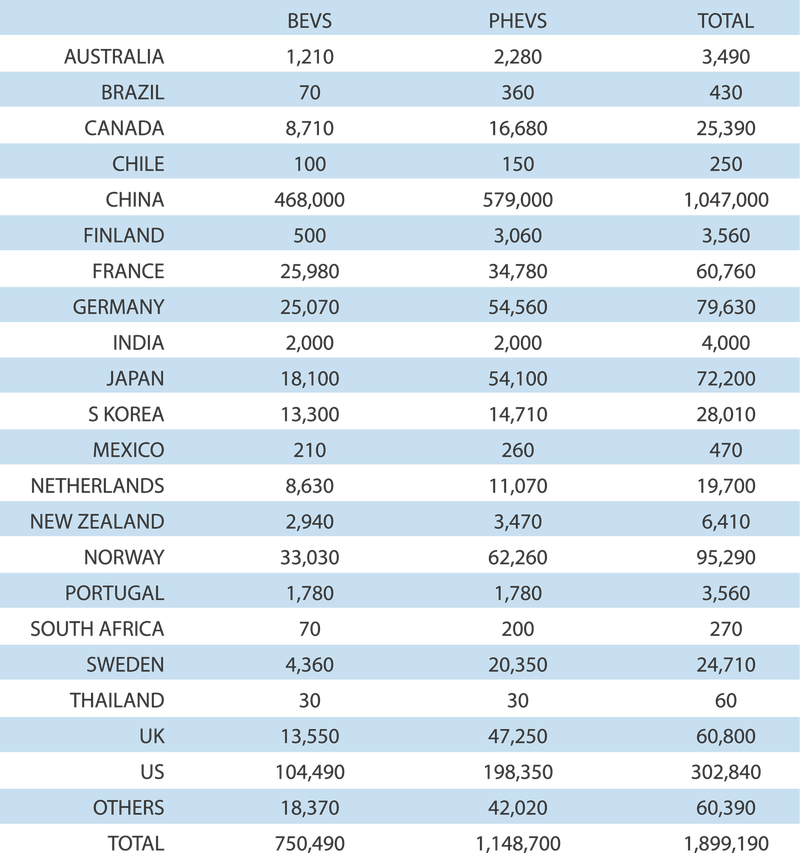The just-auto fast facts
The news, views and numbers you need to know about this month

Global sales of battery electric cars surged 73% in 2018 to 1.3m units, but that was still just a fraction of the 86m cars sold globally.
GlobalData forecasts that by 2033, annual global output of fully electric vehicles will be more than 19m units, led by rapidly rising demand in China and Western Europe.
The total global electrified vehicle market – including full hybrids as well as fully electric vehicles – will account for slightly more than 6.5% of global light vehicle production in 2020, increasing to nearly 28% by 2033.
More market forecast data
In 2018, the global electric car fleet exceeded 5.1m, up 2m from the previous year and almost doubling the number of new electric car sales. China remains the world’s largest electric car market, followed by Europe and the United States. Norway is the global leader in terms of electric car market share.
The number of EV chargers continued to rise in 2018 to an estimated 5.2m worldwide for light-duty vehicles (LDVs). Most are slow chargers (levels 1 and 2 at homes and workplaces), complemented by almost 540,000 publicly accessible chargers (including 150,000 fast chargers, 78% of which are in China). With the 156,000 fast chargers for buses, by the end of 2018 there were about 300,000 fast chargers installed globally.
It is expected that by 2025 batteries will increasingly use cathode chemistries that are less dependent on cobalt. This will lead to an increase in energy density and a decrease of battery costs, in combination with other developments (e.g. the availability of silicon-graphite chemistries for anode technology).
BP forecasts that electric cars will form around 15% of the global car parc in 2040. However, because of their higher intensity of use, BP forecasts they will account for around 30% of total passenger vehicle kilometres. In BP's projections, overall global transport energy demand grows by only 25% despite total demand for transportation more than doubling, reflecting accelerating gains in vehicle efficiency. The transport sector continues to be dominated by oil (around 85% in 2040), despite increasing penetration of alternative fuels – particularly natural gas and electricity.
Global sales of fully electric Battery Electric Vehicles (BEVs) and Plug-In Hybrid Electric Vehicles (PHEVs), 2017
source: iea

